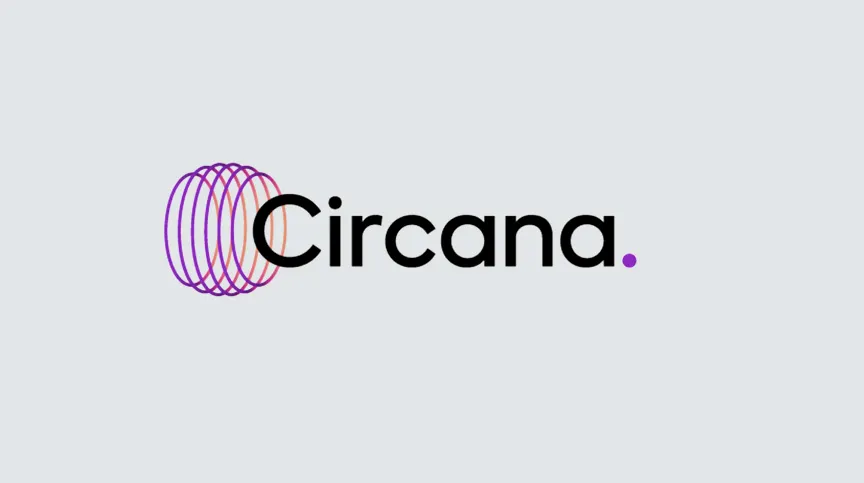CHICAGO – The number of consumers planning to do at least some of their holiday shopping online rose to 82% this year, according to a recent holiday purchase intentions consumer survey from Circana, formerly IRI and The NPD Group. While this is still below the 85% who planned on making holiday purchases online in 2021, it is an increase from last year’s dip to 80%. Overall, consumers plan to do more of their holiday shopping online this year, up to 47% from last year’s dip below in-store plans to 45% and just slightly above this year’s in-store plans.
“The role that online shopping growth will play in this holiday shopping season is bigger than just where consumers are making purchases,” said Marshal Cohen, chief retail industry advisor for Circana. “E-commerce doesn’t promote social shopping and impulse spending the same way in-store shopping does – both critical components to sales growth during the holiday season, particularly as consumers continue to be faced with elevated prices, forcing more tradeoff decisions in their purchases.”
Online-only sites are still the top choice among consumers for holiday shopping, and grew the most of all planned shopping destinations compared to last year. Enduring inflation has sent discretionary spending on a steady trajectory of year-over-year declines, but it has yet to have a significant impact on where U.S. consumers are shopping. The e-commerce channel has gained some share within discretionary general merchandise spending this year, now accounting for 44% of sales revenue, but performance in all other channels remains relatively steady, according to Circana’s consumer receipt-based data.
“Consumers have shifted behavior within the stores they currently shop, reflected by share gains in private brands, but the anticipated downshift toward more value-centric shopping has not yet materialized at a retail channel level,” added Cohen. “The continued sales declines in many industries and slowing growth in others may signal that retail is at a crossroads. Holiday spending, and consumer response to fourth-quarter promotions, will be important indicators of what to expect in 2024.”










